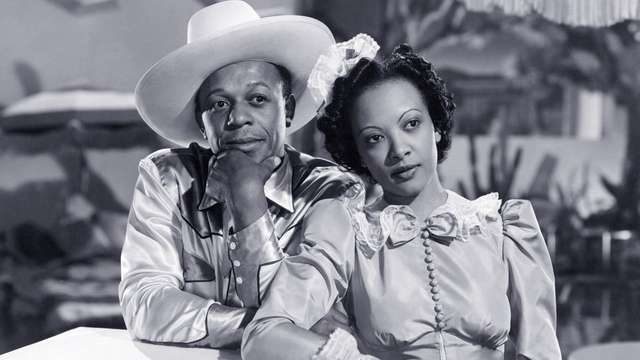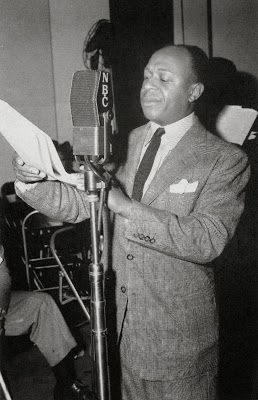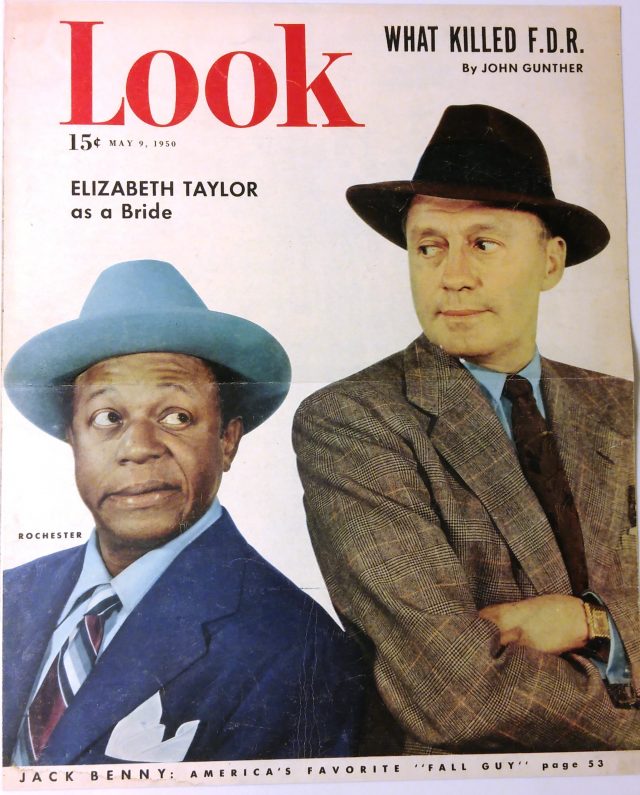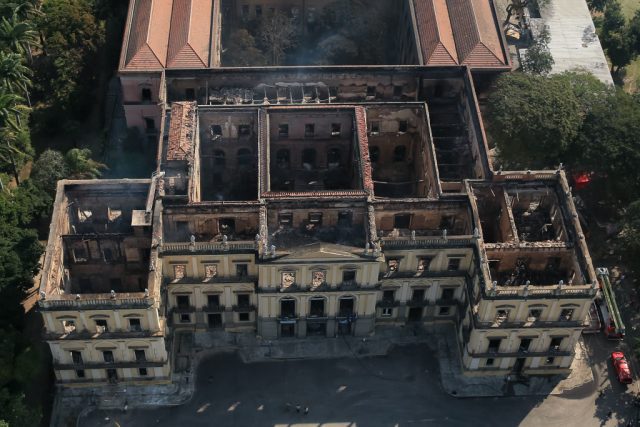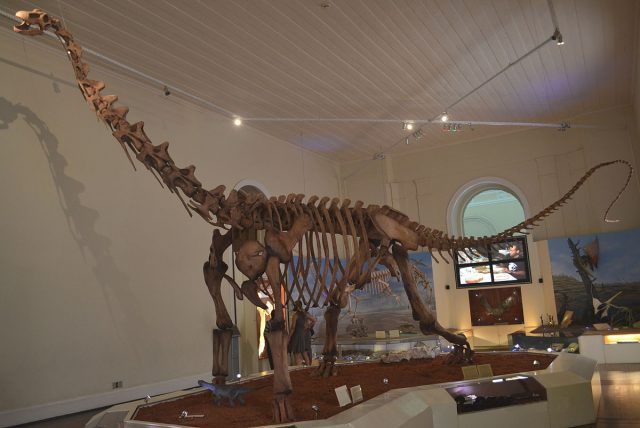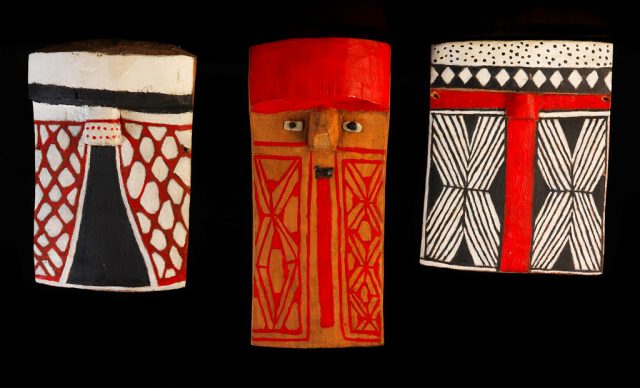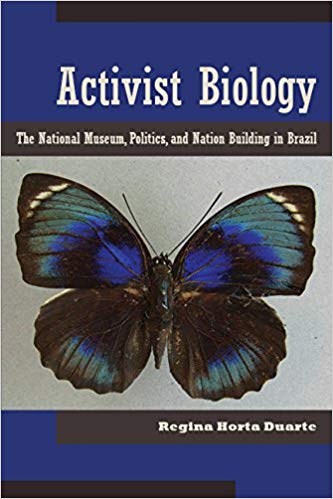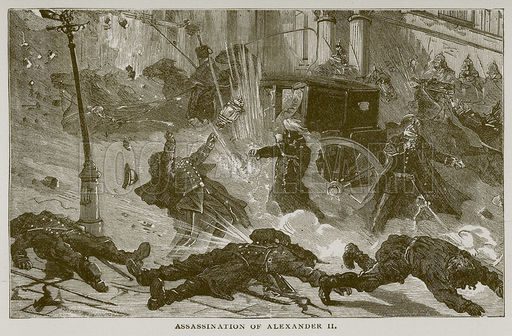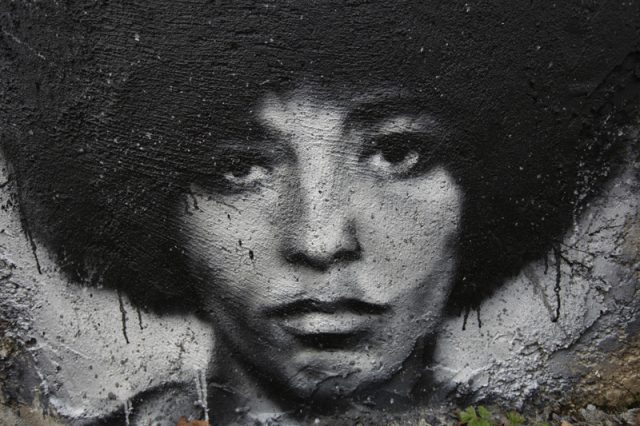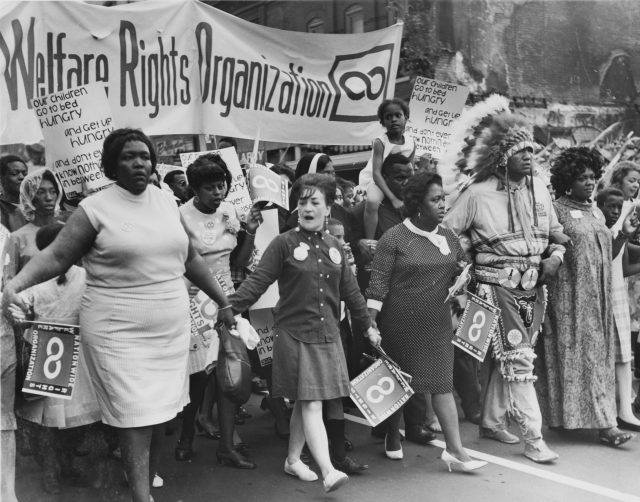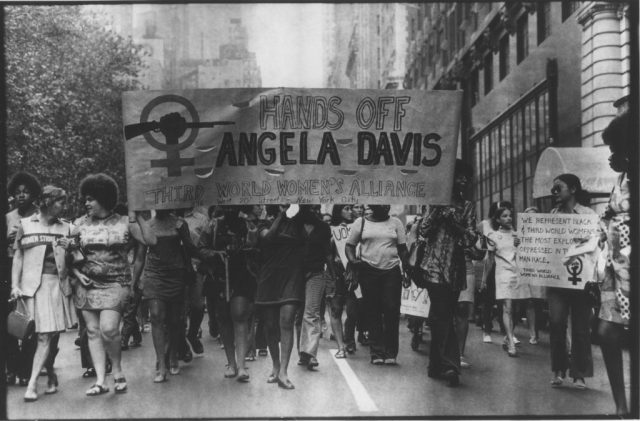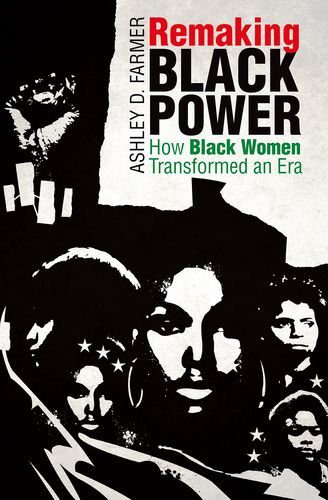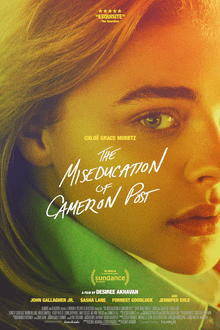On October 30, 1918, the Ottoman Empire signed a treaty of capitulation to the Allied Powers aboard the HMS Agamemnon, a British battleship docked in Mudros harbor on the Aegean island of Lemnos. Bulgaria and the Ottoman Empire were the first of the Central Powers to formally end their participation in World War I. Five days later, the Austro-Hungarian Empire followed suit, and finally the guns fell silent with the capitulation of Germany on November 11. World War I dramatically changed the face of Europe and the Middle East. The war had caused millions of deaths and millions more were displaced. Two great multinational empires–the Austro-Hungarian Empire and the Ottoman Empire–were dissolved into new nation states, while Russia descended into a chaotic revolution.
In this first of two roundtables on the legacy of World War I, I am joined by Mary Neuburger, Professor of History and Director of the Center for Russian, East European and Eurasian Studies, and Yoav Di-Capua, Professor of Modern Arab History, to discuss the war’s impact on Southeastern Europe and the Middle East.
